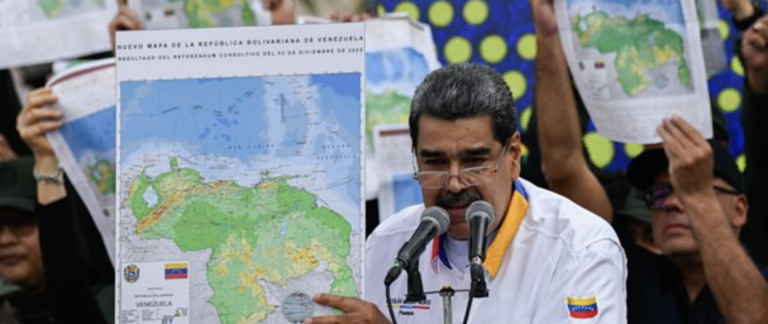Wildlife Trafficking Networks: Protecting Endangered Species
Wildlife trafficking is a global issue that poses a significant threat to endangered species. Illegal wildlife trade is estimated to be worth billions of dollars annually, making it one of the most lucrative forms of transnational crime. In order to combat this illicit activity, it is crucial to understand the networks involved and implement effective strategies to protect vulnerable wildlife populations.
The Scope of Wildlife Trafficking
Wildlife trafficking involves the illegal capture, transportation, and sale of animals and their body parts. Endangered species such as elephants, rhinos, tigers, and pangolins are often targeted for their ivory, horns, skins, and scales. These animals are poached from their natural habitats and smuggled across borders to meet the demand for exotic pets, traditional medicines, and luxury goods.
Case Study: Elephant Poaching
Elephants are among the most heavily trafficked animals in the world, primarily for their ivory tusks. According to the World Wildlife Fund (WWF), an estimated 20,000 elephants are killed each year for their tusks, driving the species towards extinction. Poaching syndicates operate in countries such as Kenya, Tanzania, and Thailand, where ivory is in high demand.
Protecting Endangered Species
- Strengthening law enforcement efforts to combat wildlife trafficking
- Enhancing international cooperation and information sharing
- Supporting local communities in conservation efforts
- Reducing demand for illegal wildlife products through education and awareness campaigns
Statistics on Wildlife Trafficking
According to the United Nations Office on Drugs and Crime (UNODC), wildlife trafficking is the fourth largest illegal trade in the world, after drugs, arms, and human trafficking. The global value of illegal wildlife trade is estimated to be between $7 billion and $23 billion annually, making it a lucrative business for criminal networks.
Conclusion
Protecting endangered species from wildlife trafficking networks requires a coordinated and multi-faceted approach. By addressing the root causes of illegal trade, strengthening law enforcement efforts, and engaging local communities in conservation initiatives, we can work towards safeguarding vulnerable wildlife populations for future generations.




























+ There are no comments
Add yours